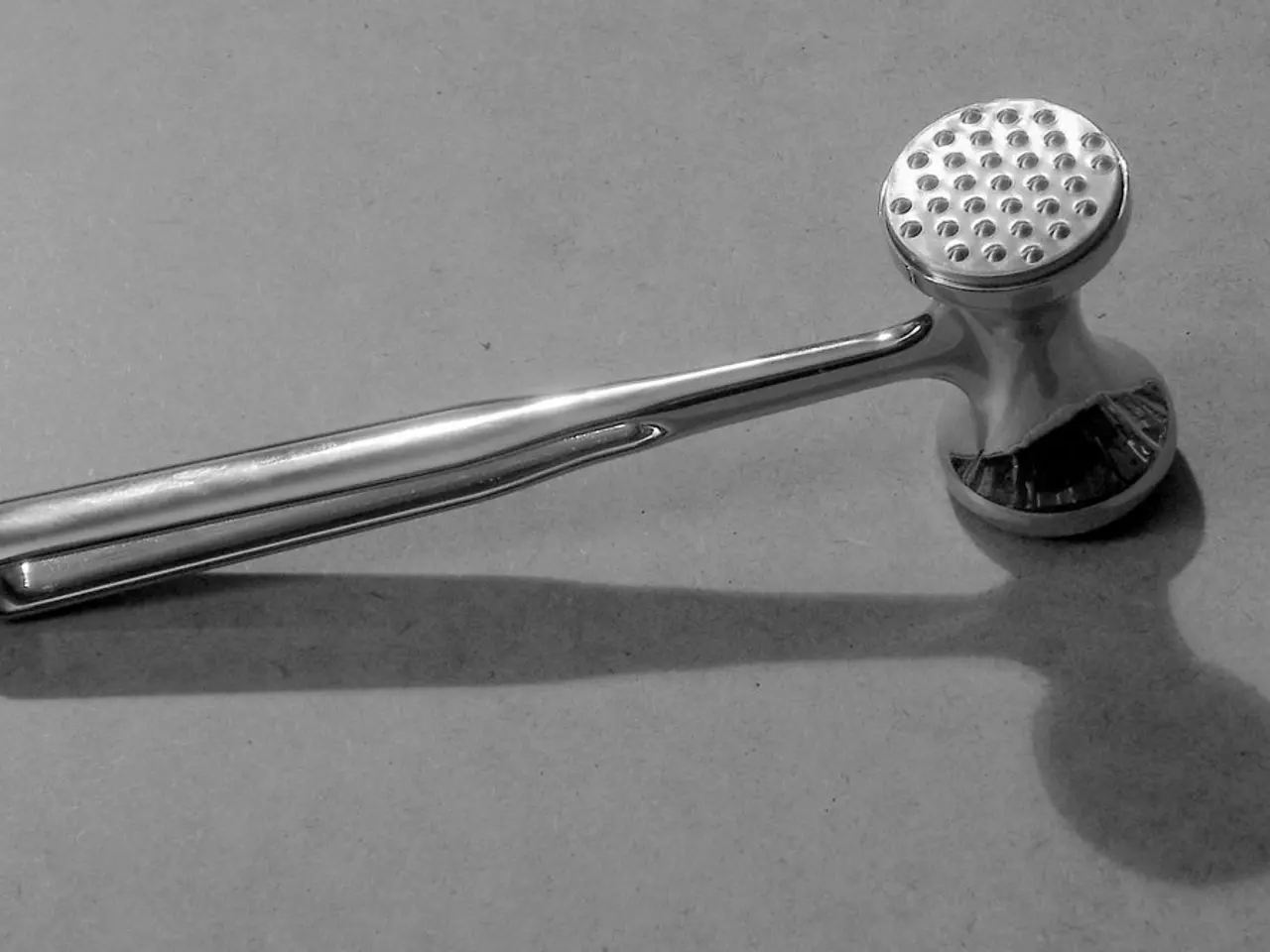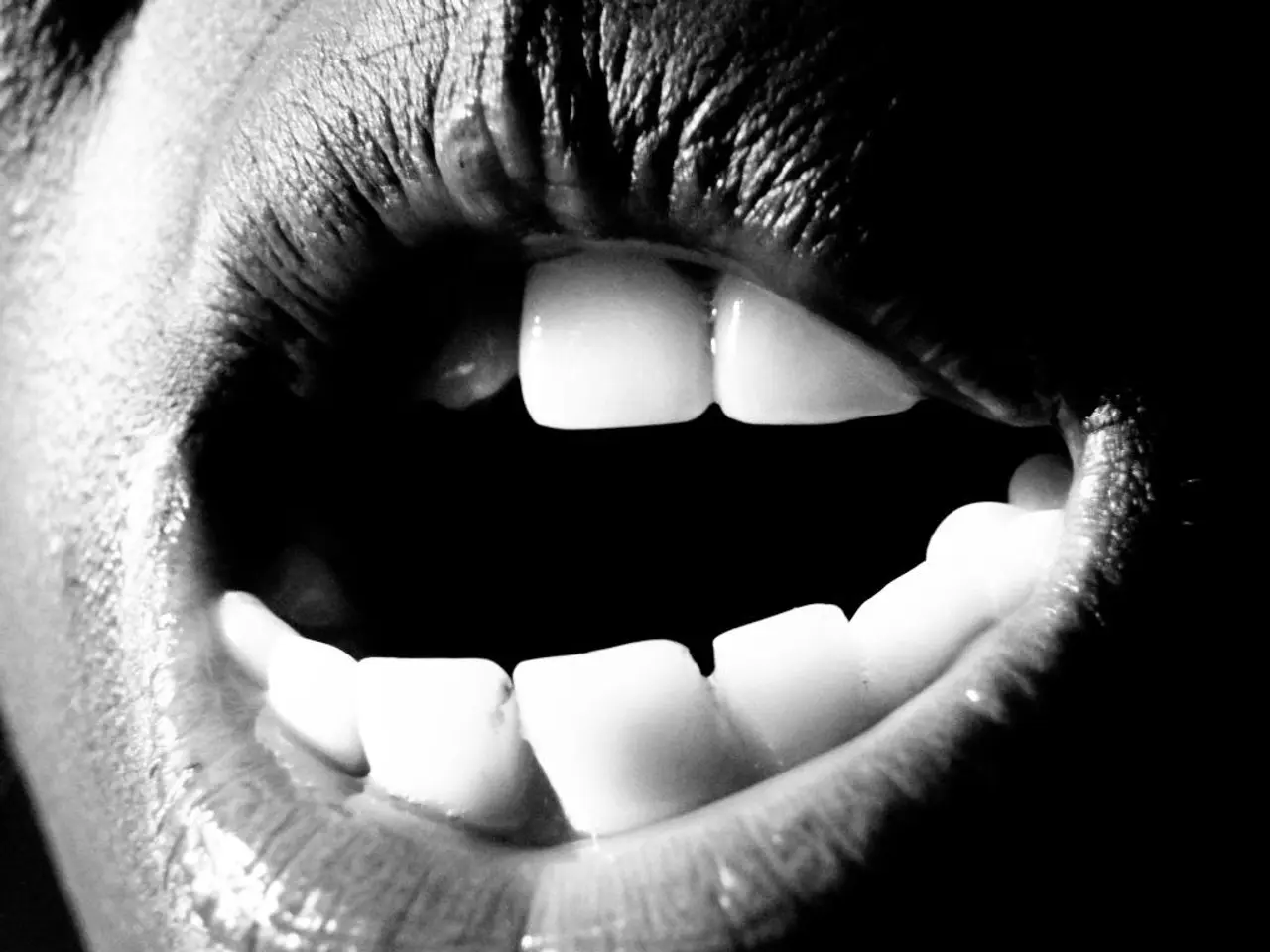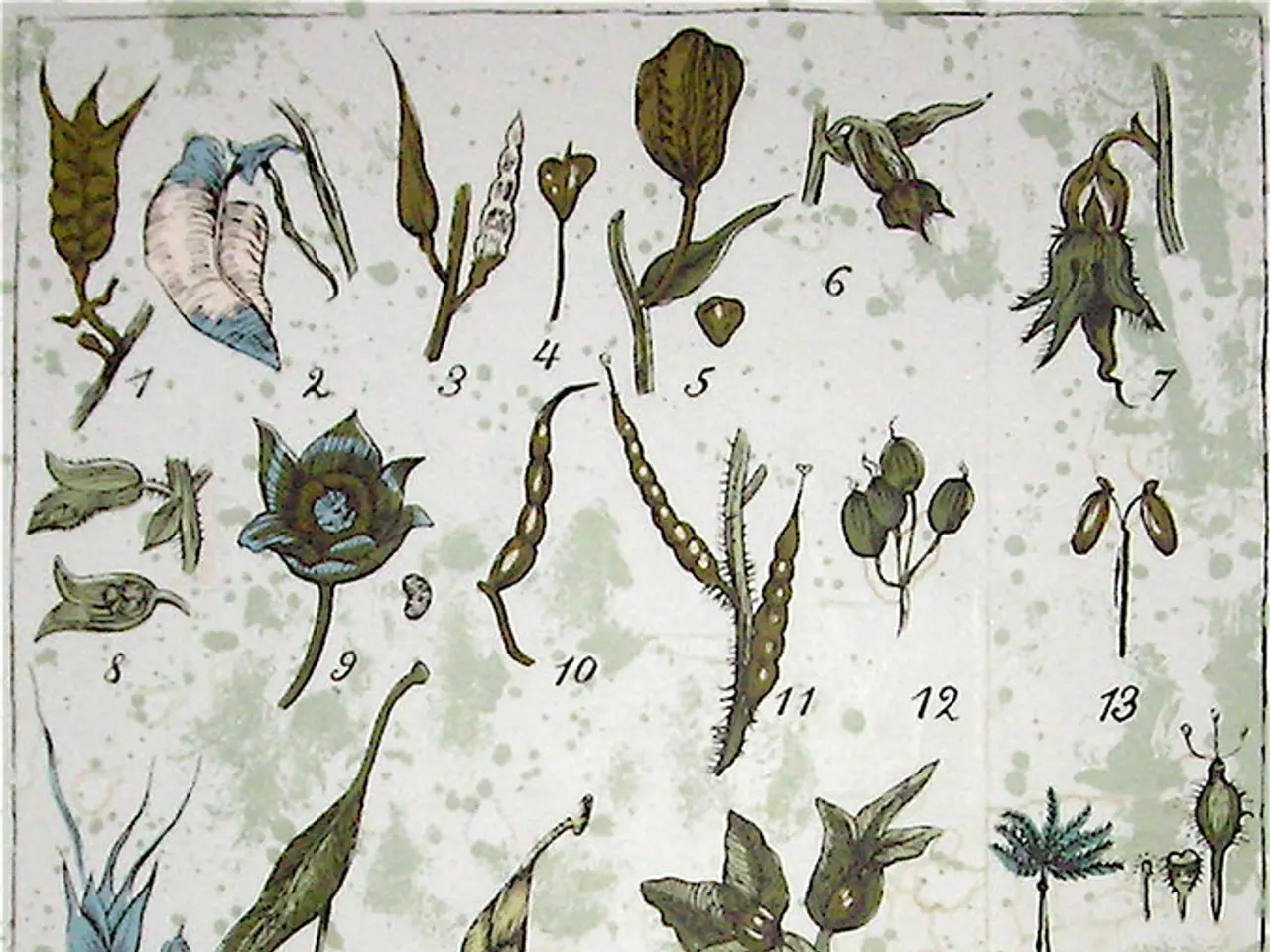Injured Finger Tip: Emergency Care and Recovery Strategies
Mallet finger is a common hand injury that affects the distal interphalangeal joint (DIPJ) at the fingertip. The condition is characterised by the inability to extend the DIPJ due to damage to the extensor tendon or an associated distal phalanx fracture.
Common Causes
Mallet finger is typically caused by sudden forced flexion of an extended fingertip or direct trauma to the dorsal aspect of the distal phalanx (tip of the finger). This injury is common in both adults and children, frequently occurring in athletes due to sports injuries, in children due to minor trauma or crush injuries, and as a result of falls where a person catches themselves with their hands.
Symptoms
Symptoms of mallet finger include the loss of ability to actively extend the fingertip (DIP joint), leading to a drooping finger tip. Other symptoms include pain, swelling, and tenderness at the DIP joint, visible deformity of the finger tip drooping, and in chronic cases, joint dysfunction, aesthetic problems, and permanent deformities such as a "mallet deformity."
Treatments
Treatment for mallet finger usually involves conservative methods such as splinting the DIP joint in full extension continuously for 6-8 weeks to allow healing of the tendon or fracture. However, surgery may be necessary in cases of large fracture fragments, displaced fractures, open injuries, or failure of conservative treatment. Surgical options include fixation with K-wires or lag screws, tenodermodesis, oblique retinacular ligament reconstruction, or tenotomy.
In chronic or severe cases, fusion of the DIP joint may be considered to correct deformity and alleviate symptoms, especially in adults.
Differences in Adults vs. Children
Treatment for mallet finger in children can be more challenging due to their higher activity levels, leading to difficulties with treatment adherence. Surgical treatment options are similar but may be influenced by the child’s growth plate (physis) considerations. Management in children requires close follow-up and education to ensure compliance.
Prevention and Care
To prevent mallet finger, it is recommended to immediately apply an ice pack after the injury, elevate the hand, take anti-inflammatory pain relievers, and remove any jewelry on the injured finger or thumb. Wearing a splint can make bathing difficult, but it is important to keep the area clean and dry.
People with mallet finger may experience sharp pain, swelling, bruising, and blood collecting under the damaged finger's nail. Doctors may also recommend exercises to restore movement to the injured finger during recovery. After the initial 8 weeks, doctors may reduce the amount of time the person wears the splint, but they usually recommend wearing it during sleep for at least another 3-4 weeks.
If an avulsion fracture occurs, a piece of bone may be pulled away with the torn tendon. Each finger has three bones, called phalanges, and each thumb has two. Fractures and dislocated joints are among the most common injuries that lead to arthritis.
People should see a doctor within the first few days of the injury to prevent the finger from not healing and functioning as it should. If there is blood underneath the nail or the nail is becoming detached, immediate medical attention is required as this can indicate a wound in the nail bed or an open fracture, increasing the risk of infection.
Doctors usually recommend an X-ray to check for broken bones or dislocated joints in the case of mallet finger. Most doctors recommend a splint when treating mallet finger, which keeps the finger or thumb straight while the injury heals.
The most obvious symptom of mallet finger is the drooping of the tip of the finger or thumb. Mallet finger is an injury to the tip of a finger or thumb that prevents it from straightening. Children's bones are still growing, making it particularly important that they receive prompt treatment to prevent permanent deformities. If the finger joints are out of alignment and a large fragment of bone has broken off, doctors may recommend surgery.
- Inadequate attention to health-and-wellness, such as neglecting to seek medical advice for accidental injuries like mallet finger, can lead to the development of more severe medical-conditions, including arthritis in cases of fractures and dislocated joints.
- Engaging in fitness-and-exercise routines and maintaining good health-and-wellness could aid in preventing accidental injuries like falls, which are common causes of mallet finger in both children and adults, especially those who are active participants in sports. Additionally, timely treatment and proper care can prevent the need for surgery and minimize the risk of developing permanent deformities, especially in children.




